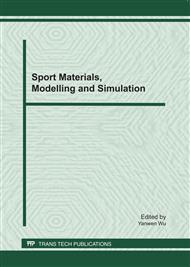p.667
p.672
p.677
p.683
p.688
p.693
p.699
p.706
p.711
Modifying Wind Speed Data of Manual Observation Sequence to Automatic Observation Sequence Using a PSO-Based Neural Network
Abstract:
Recently, manual observation sequence has been gradually replaced by automatic observation sequence. The difference between manual observation sequence and automatic observation sequence is somewhat inevitable. This challenges the the homogeneity and the continuity of historical weather data, and influences atmospheric researches and applications. Therefore, based on the understanding of the influence caused by the two observation sequences, how to modify the data sequence of manual observation to automatic observation sequence has become a problem. In this paper, a model, which is a neural network based on the particle swarm optimization technique (PSONN), is established to modify the wind speed data sequence from manual observation to automatic observation. The proposed model achieves 15.6% in mean absolute percentage error (MAPE) compared to manual observation data sequence. For wind speed, it could be a promising candidate for modifying manual observing data sequence to automatic observing data sequence.
Info:
Periodical:
Pages:
688-692
Citation:
Online since:
February 2011
Authors:
Keywords:
Price:
Сopyright:
© 2011 Trans Tech Publications Ltd. All Rights Reserved
Share:
Citation:


